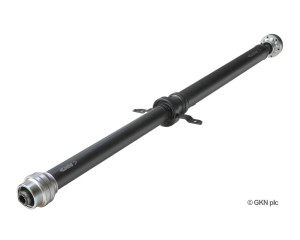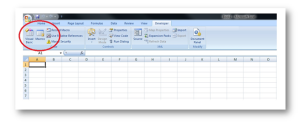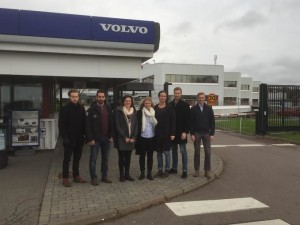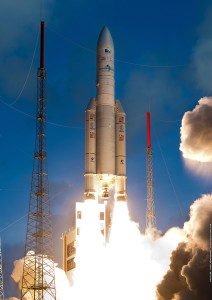Living the American dream
It’s time for a report from the US and my temporary hometown of Cincinnati, Ohio (Midwest USA). GKN Aerospace has three factories in Cincinnati which, as well as in Trollhättan, produces parts for commercial aircraft engines, military aircraft engines as well as parts for the US space industry. I will spend my time here working within the civilian engine programs, in contrast to my time within space in Trollhättan – which will be a very exciting learning experience! I have so far developed a program which analyzes the data from the measuring machine to examine if there are any values out of tolerances and where these are located at the parts. Even though I love to cave down in Microsoft Excel’s lovely world of Visual Basic, it may be more interesting to hear about how daily life is here compared to life home in Sweden?
During these three months I will live in an apartment at an apartment hotel with about 5 minutes of drive to work. When I finally landed here in Cincinnati and was about to check in I asked at the front desk if I can take a walk to some place nearby for lunch. The answer I got says everything about the lifestyle here – “Well… Maybe it is possible to walk, but it’s much easier for you to take the car, it’s so close and easy to find the way there!” Well, yeah, OK. So I took my car the 300 meters to have some lunch. Later that evening I defied the American style and took a walk that 300 meters to have some take away food back to the room. It was totally fine to walk, but I had to cross the parking lots since the sidewalks are more or less nonexistent and the people looked at me as if I was an alien.
Something that fascinates me a lot is that everything are and looks just like it does in the movies. The houses looks like they do in the American series, the roads as well. The cars and the parking lots are nearly twice as large as in Sweden, school buses are as yellow as in the movies (and looks to be from the mid-1900s) and the police cars looks like the Sheriff joke once available in comedies (or maybe I just misunderstood everything and the cars in the movies are not a joke itself). The food portions are as big as I had imagined, and getting a take away box of the leftovers from the plate is something that you don’t even need to ask for, you will most certainly have it automatically independent how fancy the restaurant is.
So what do I think after spending almost four weeks in the country where everything is possible? The lifestyle is fantastic, if you live in the moment! The food is wonderful, the weather fascinating (one weekend 9°C and rain, the next weekend 30°C and sunshine – something similar to Swedish midsummer), Americans are extremely polite and pleasant and the shopping is lovely! But I can’t help but admit that it is not a sustainable way of living; neither for me personally, the people in my surroundings or the environment. But that is not a discussion I dare to take right now, more about that some other time.
I conclude with a picture from Cincinnati Skyline. Take care!





